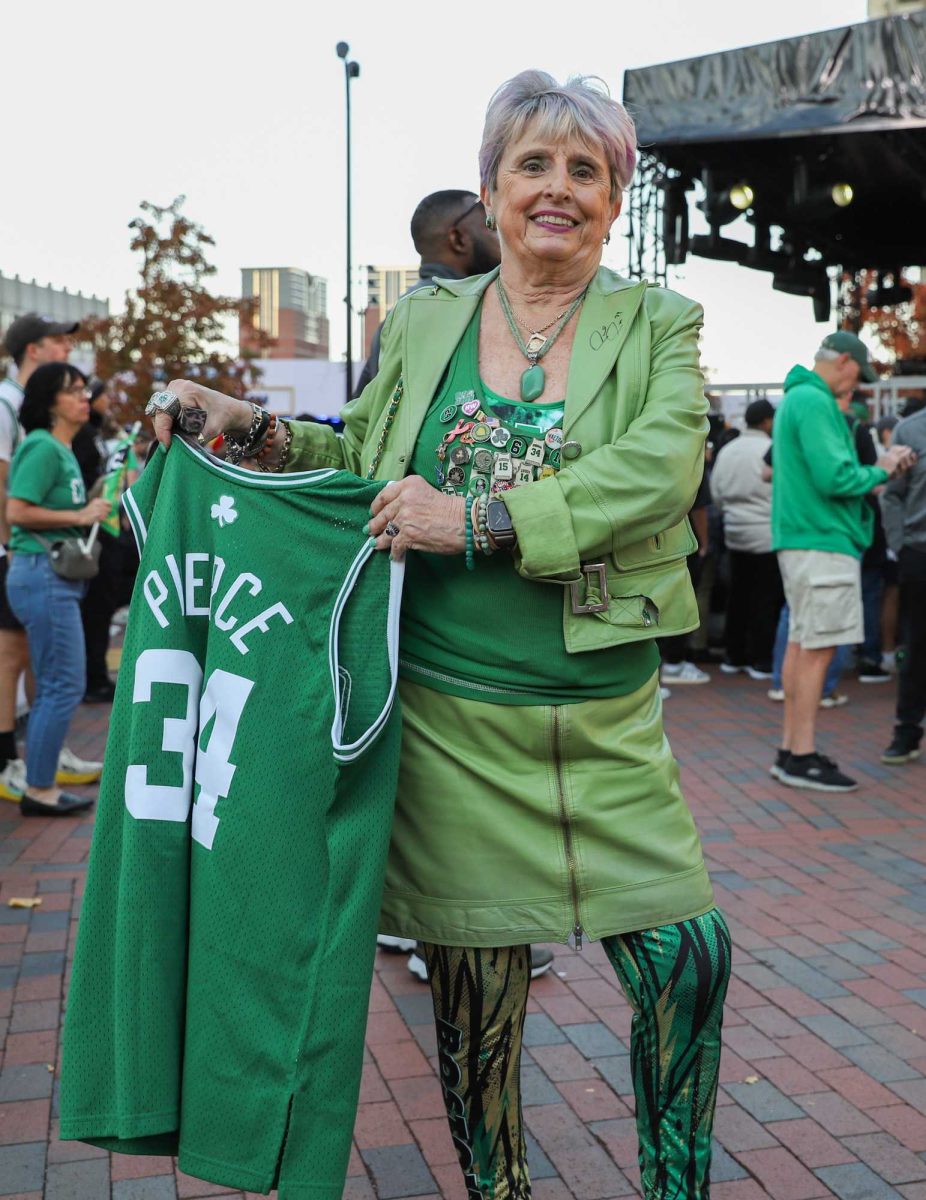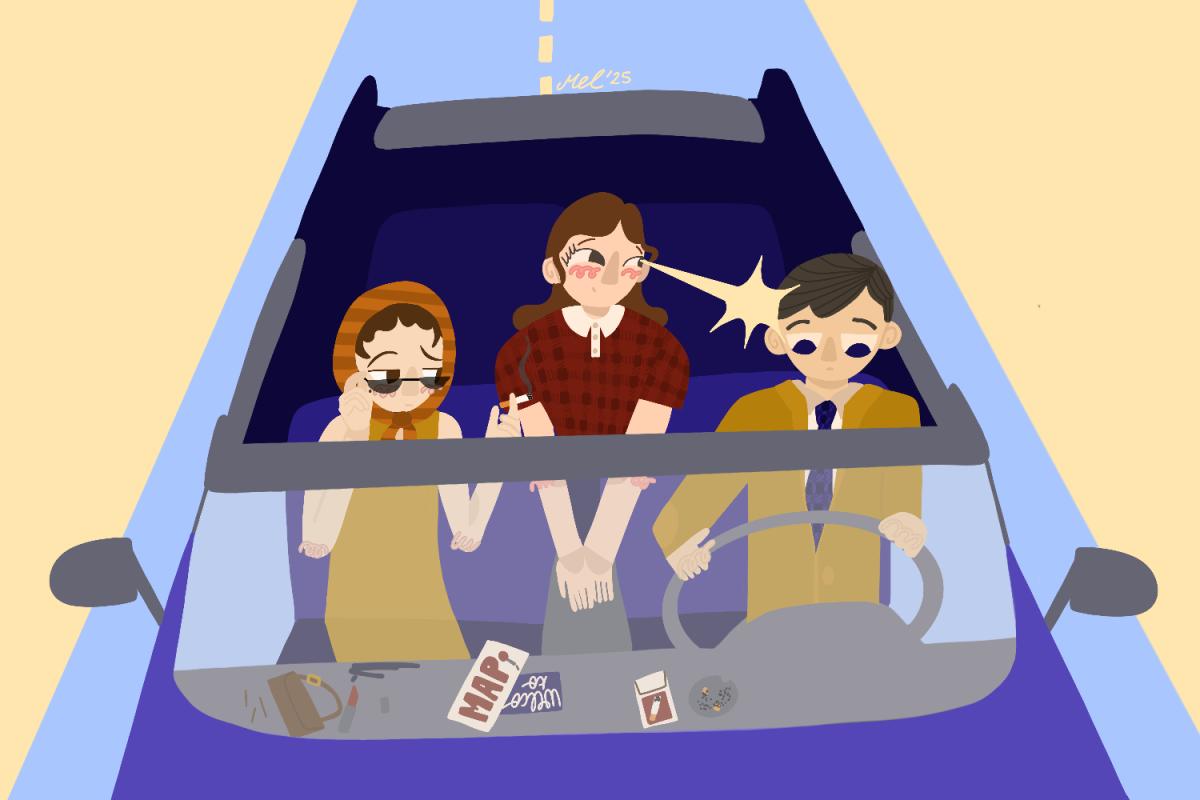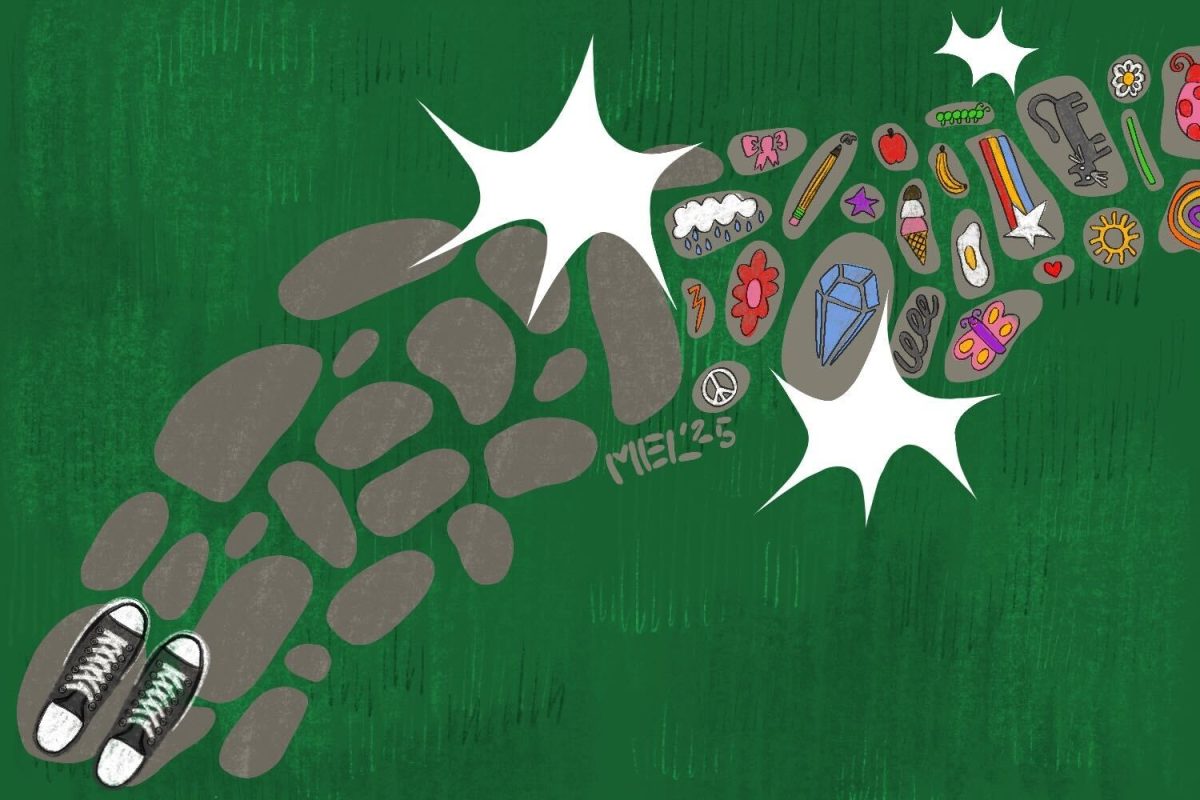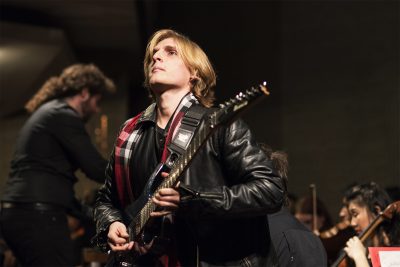
In a traditional orchestral set-up, instruments range from violins, violas and cellos in the front, with winds, brass and percussion making up the back of the ensemble. Rarely do you see an electric instrument included in the group, let alone a rock-genre staple instrument like the electric guitar. However, this was not the case for the show “Ace Plays Opera: concert for guitar & orchestra,” in which an electric guitar was the focus of the ensemble.
The concert itself wasn’t something expected. While it was known there would be an electric guitar in the concert, the shock factor wasn’t tangible until the audience heard the first few tabs and chords strummed on the guitar. They cut through the resonance of the full orchestra in the First Church in Boston’s Sanctuary. The change, though unconventional, was refreshing, as it put a unique twist on old classics.
The concert started out with a duet on the classic “Ave Maria,” the electric guitar taking place of a singer, accompanied by the piano. While a more bombastic opener may have been anticipated, “Ave Maria” turned out to be the perfect introduction, preparing the audience’s ears to hear other famous arias with electric guitar being the unique soloist on top of the orchestra.
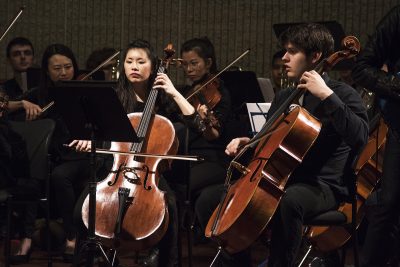
The performance itself often felt like a blast from the past, with the concert featuring a new take on songs of which many people are used to hearing the traditional version.
Featuring arias from well-known operas such as “Carmen” and “The Magic Flute,” the audience unconsciously hummed along with the melody of the guitar.
The acoustics of the First Church provided a remarkable atmosphere, apart from antiquated architecture; the stone walls acted as the perfect surface for the notes to echo off of. With the relatively small size of the room itself, the audience was engulfed in the beautiful arias. Were it not for the unusual addition of the electric guitar, the atmosphere of the church felt no different than any other concert hall, if not better than one.
Whether it was the sense of nostalgia or the exceptional musicianship of the orchestra, the performance kept the audience constantly engaged. The professional sound of the orchestra attests to the amount of work and effort that went into the show, since the orchestra was comprised of students from Berklee College of Music and the Boston Conservatory at Berklee.
One of the highlights of the concert, aside from “Queen of the Night,” an aria from “The Magic Flute” and “Toreador Song” from “Carmen,” was most decidedly the conclusion of the show. While finales are formulaically the grandest piece of the entire performance, “Brindisi (The Drinking Song)” from “La traviata” had all the components of a conventional conclusion and more. It was grand at some parts, yet unobtrusive in others; lighthearted, yet full of passion; playful, yet sometimes subdued.
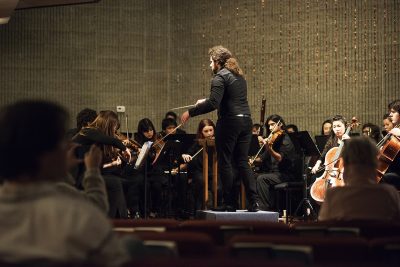
“Brindisi” visually conveyed the culmination of all of the hard work that this orchestra and Ace Vaptsarov, the solo guitarist of the orchestra, put into the performance. The emotion and dynamics that were put into the guitar melody intimately mimicked an opera singer’s voice, thus blurring the line between the unconventionality of the performance and the standard expectation for music of this genre.
The passion was not solely extended to Vaptsarov, however, as the entire orchestra was found participating in the spirited nature of the aria. From the conductor in the front, who swayed back and forth to the music throughout the show, to the brass in the back, the ensemble itself personified the good-natured and humorous atmosphere of the piece.
Overall, “Ace Plays Opera” was an intriguing performance. Challenging the standards of traditional orchestral music by overlaying electric guitar as the melody, the show is definitely one that begs to be remembered as the revitalization of music past.





























